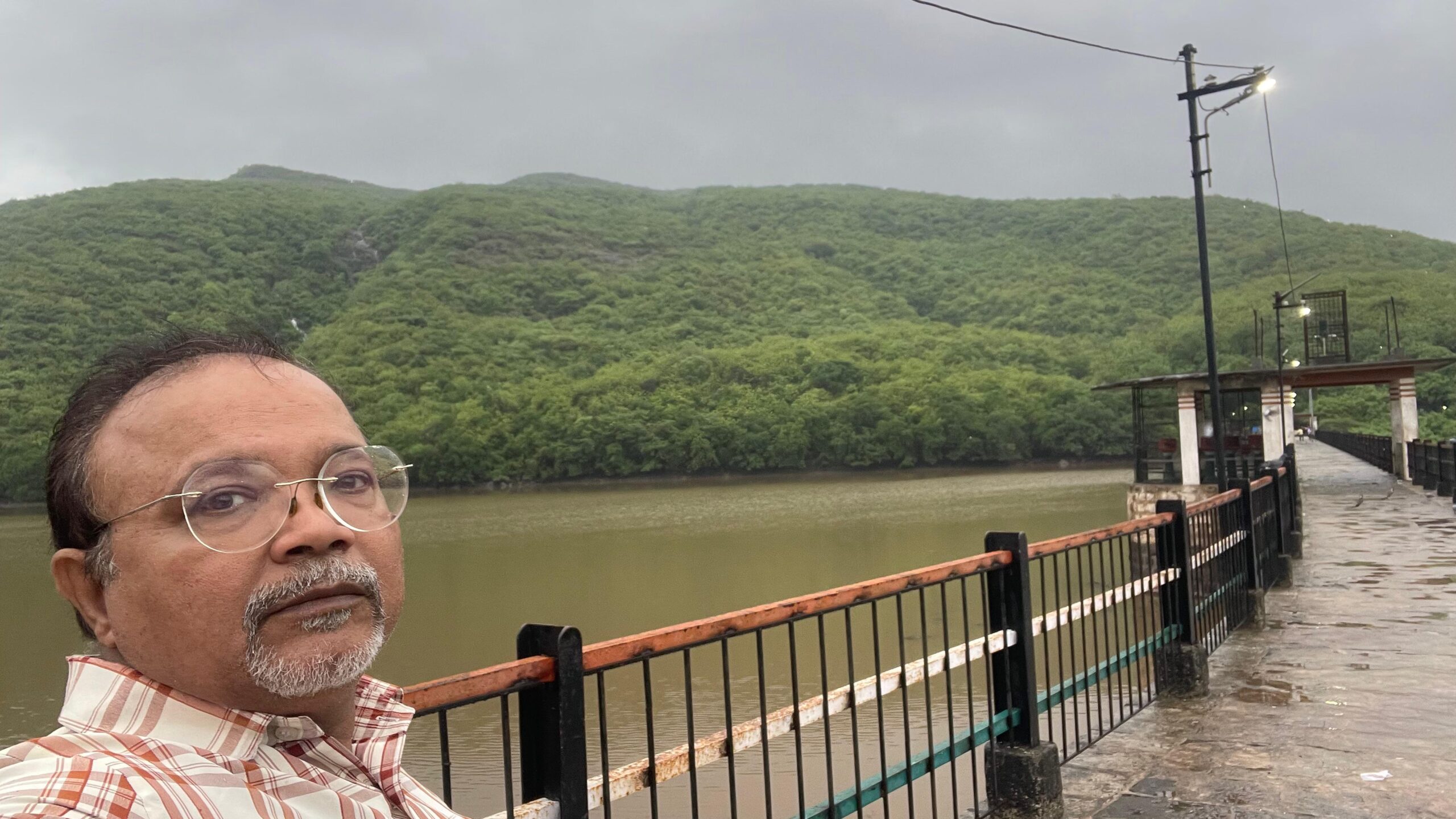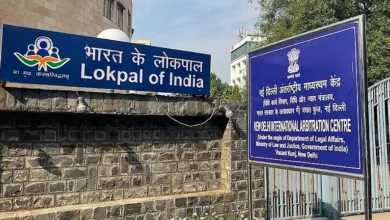Willingdon Dam: A Forgotten Symphony of Rain and Stone
Willingdon Dam: History, Beauty & Legacy of Junagadh
Dr Viranchi Achary
In the shadow of Gujarat’s Girnar Hills lies a reservoir of not just water, but memory — a timeless tribute to monsoon, architecture, and a city’s forgotten soul.

The Dam That Once Sang with the Rains
Every monsoon, as clouds descend over the Girnar Hills and Datar Peak hums with the first songs of rain, Junagadh stirs — with nostalgia, and with hope. Hope to see Willingdon Dam overflow once again, just like it did in its golden days. The scent of petrichor rises from the earth, and with it, stories — of childhood, of celebration, of a dam that once sang with the season.
⸻
A Vision Etched in Stone and Sky
Willingdon Dam was built in 1936 by Nawab Mahabat Khan Babi and named after Thomas, Earl of Willingdon, the then Viceroy of India. At the time, it was more than just a civil project — it was a thoughtful expression of harmony between man, nature, and architecture.
Fed entirely by rainwater from the Girnar Hills, the dam used gravity alone to transport water to the Uparkot Fort and the surrounding city. No pumps. No motors. Just the intelligence of ancient engineering — sustainable, silent, and elegant.
⸻
A Monsoon Playground and Cultural Hub
This dam wasn’t just a utility — it was an experience. In its heyday, it was a beloved gathering place for the people of Junagadh. Families would picnic along its banks, especially during Sharad Purnima. On full moon nights, the dam transformed into a living poem — silver waters, folk songs, steaming milk sweetened by moonlight, and laughter carried on cool winds.
Children splashed by its steps. Elders shared tales of harvest and rain deities. The dam was alive — a space where community and nature met in rhythm.
The Silence That Followed
But as years passed and Junagadh modernized, Willingdon Dam faded from civic memory. Roads widened, taps flowed from newer sources, and the monsoon revelry slowly gave way to quieter seasons. Today, moss grows on its once-proud walls, and silence has settled where music and voices once rang out.
Still, the structure endures — quiet, sturdy, and waiting.
⸻
Why This Dam Still Matters
Willingdon Dam stands as a quiet sentinel of sustainable design and cultural heritage. It reminds us that water is not just a resource — it’s a rhythm of life. It tells us that infrastructure can be beautiful, that public spaces can hold spirit, and that even forgotten landmarks carry a pulse.
There’s a local saying: “Even forgotten rivers find their way when the rains return.”
Perhaps the Willingdon Dam isn’t forgotten — only resting, waiting to be seen again.
⸻
Looking Ahead: Restoration or Ruin?
In a time when heritage sites across India are being rediscovered and reimagined, Willingdon Dam deserves attention — not just as an old structure, but as a living story of water, community, and care.
With the right vision, this could be a site for eco-tourism, a cultural revival zone, or simply a space for new memories.
Have you visited Willingdon Dam or another hidden gem in Junagadh? Share your story in the comments — and let’s bring these forgotten places back into the conversation.





